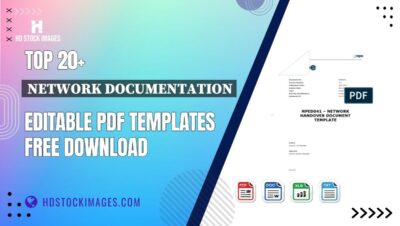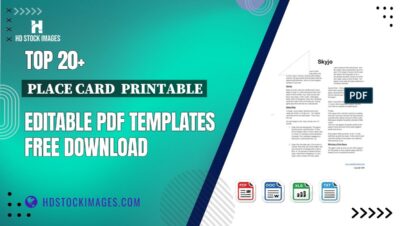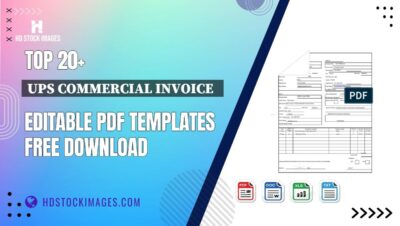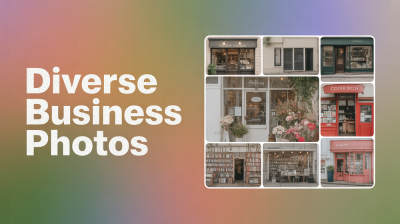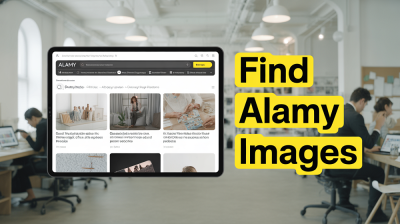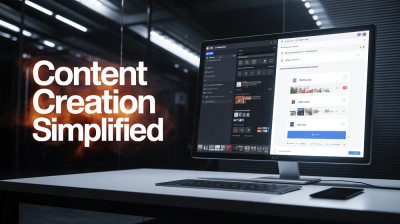I. Introduction:
The intersection of Print on Demand (PoD) and stock photography offers exciting opportunities for creative entrepreneurs and artists to showcase their designs and artwork on a wide range of products. In this discussion, we will explore the usage rights and licensing opportunities associated with using Alamy Images in the context of PoD.PoD allows individuals to create and sell custom-designed products, such as t-shirts, mugs, and posters, without the need for large-scale production or inventory. Alamy Images, a renowned stock photography platform, offers a vast collection of high-quality images that can be licensed for various purposes, including PoD.Understanding the complexities of usage rights and licensing is crucial when incorporating Alamy Images into PoD ventures. By delving into the intricacies of licensing models and the importance of obtaining appropriate licenses, individuals can navigate the PoD landscape responsibly and legally.Also Read This: How to Download Resume from Linkedin
II. Usage Rights and Licensing Basics:
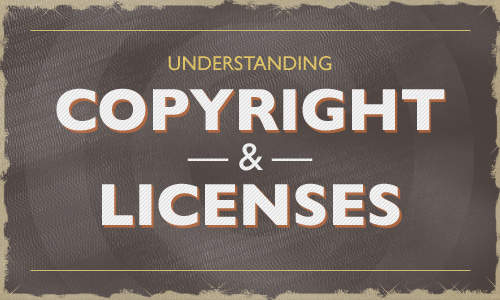 Understanding the fundamentals of usage rights and licensing is essential when incorporating Alamy Images into Print on Demand (PoD) projects. This section provides an overview of the key concepts and considerations related to usage rights and licensing in the context of PoD.Usage rights refer to the permissions granted by the copyright holder of an image, specifying how the image can be used, reproduced, or distributed. Different types of licenses dictate the scope and limitations of usage rights for the images. When using Alamy Images in PoD, it is important to obtain the appropriate license that allows for the desired utilization of the images on various products.Alamy offers different licensing options to accommodate the needs of PoD ventures. These licenses may include options such as Royalty-Free (RF) or Rights-Managed (RM) licenses. A Royalty-Free license typically grants broad usage rights for a one-time fee, allowing for unlimited reproductions on different products within the permitted usage restrictions. On the other hand, Rights-Managed licenses provide more specific usage rights based on factors such as image size, duration, geographical distribution, and exclusivity.Obtaining the appropriate license is crucial to ensure compliance with copyright laws and to protect the rights of the image creators. It is essential to carefully review and understand the terms and restrictions associated with the selected license to avoid any unauthorized or infringing use of the images.By adhering to licensing requirements and obtaining the proper license, individuals can confidently integrate Alamy Images into their PoD projects, ensuring legal and responsible use of the images. Understanding the basics of usage rights and licensing is a fundamental step in utilizing Alamy's diverse image collection while respecting the rights of the creators.
Understanding the fundamentals of usage rights and licensing is essential when incorporating Alamy Images into Print on Demand (PoD) projects. This section provides an overview of the key concepts and considerations related to usage rights and licensing in the context of PoD.Usage rights refer to the permissions granted by the copyright holder of an image, specifying how the image can be used, reproduced, or distributed. Different types of licenses dictate the scope and limitations of usage rights for the images. When using Alamy Images in PoD, it is important to obtain the appropriate license that allows for the desired utilization of the images on various products.Alamy offers different licensing options to accommodate the needs of PoD ventures. These licenses may include options such as Royalty-Free (RF) or Rights-Managed (RM) licenses. A Royalty-Free license typically grants broad usage rights for a one-time fee, allowing for unlimited reproductions on different products within the permitted usage restrictions. On the other hand, Rights-Managed licenses provide more specific usage rights based on factors such as image size, duration, geographical distribution, and exclusivity.Obtaining the appropriate license is crucial to ensure compliance with copyright laws and to protect the rights of the image creators. It is essential to carefully review and understand the terms and restrictions associated with the selected license to avoid any unauthorized or infringing use of the images.By adhering to licensing requirements and obtaining the proper license, individuals can confidently integrate Alamy Images into their PoD projects, ensuring legal and responsible use of the images. Understanding the basics of usage rights and licensing is a fundamental step in utilizing Alamy's diverse image collection while respecting the rights of the creators.Also Read This: How to Get 123RF Images for Free Without a Watermark
III. Alamy's Licensing Opportunities for Print on Demand:
Alamy provides licensing options that cater to the specific needs of Print on Demand (PoD) ventures, allowing individuals to incorporate their diverse collection of images into custom-designed products. This section explores the licensing opportunities offered by Alamy for PoD usage.Alamy offers a range of licensing models that are suitable for PoD, including both Royalty-Free (RF) and Rights-Managed (RM) licenses. The Royalty-Free license allows for broad usage rights, permitting the images to be reproduced on multiple PoD products without additional fees for each individual use. This flexibility enables PoD entrepreneurs to create a variety of products featuring Alamy Images, maximizing their creative potential.Additionally, Alamy's Rights-Managed licenses provide more specific usage rights, allowing for greater control over the images' distribution and exclusivity. This can be beneficial for PoD projects with specific requirements, such as limited edition prints or exclusive product lines.The licensing opportunities offered by Alamy ensure that PoD entrepreneurs have the flexibility to incorporate their images into a wide range of products while complying with copyright regulations and protecting the rights of the image creators. However, it is important to carefully review and select the appropriate license that aligns with the intended usage of the images and meets the specific needs of the PoD project.By leveraging Alamy's licensing options, individuals can confidently utilize their extensive image collection to create unique and commercially viable PoD products. The flexibility and variety of licensing opportunities provided by Alamy empower PoD entrepreneurs to explore their creativity while ensuring legal and responsible use of the images.This video explain about Alamy's Licensing Opportunities for Print on Demand:Also Read This: How Quickly Can You Make Money on Alamy? Contributor Tips for Success
Also Read This: Am I Allowed to Download Images from Alamy Legally?
IV. Copyright Considerations and Image Ownership:
When using Alamy Images for Print on Demand (PoD) products, it is crucial to address copyright considerations and ensure proper image ownership. This section explores the importance of respecting copyright laws and verifying image ownership when incorporating Alamy Images into PoD ventures.Copyright is a legal framework that grants exclusive rights to creators over their original works, including photographs. Alamy Images are protected by copyright, and unauthorized use or reproduction of these images can result in legal consequences.To avoid copyright infringement, it is essential to verify image ownership and obtain the necessary licenses from Alamy to use the images for PoD products. Alamy takes measures to ensure that the images available on their platform are submitted by photographers who own the copyright or have obtained proper authorization.When selecting images from Alamy, it is recommended to review the image details, including the copyright information and any additional licensing requirements specified by the photographer. Properly attributing the image to the copyright holder is also crucial to respect their rights and acknowledge their creative contribution.Furthermore, it is important to exercise caution when using images that depict recognizable individuals, copyrighted logos, or trademarked designs in PoD products. Obtaining model releases or ensuring the appropriate usage rights for such elements is necessary to avoid legal complications.By understanding copyright considerations and verifying image ownership, PoD entrepreneurs can protect themselves from potential legal issues and build a reputation for ethical and responsible use of copyrighted materials. Respecting the rights of image creators and obtaining the necessary licenses are essential steps to ensure compliance with copyright laws and foster a sustainable PoD business.Does that apply if image plastered with 'Alamy' logo ? Thats pretty only time I use Insta now, Same ownership rule applies to Twitter (tbh), though I believe Twitter rules say image can be used legally, if embeded.
— Bridget Catterall 📸 (@MaranathaPhotos) July 14, 2019
Also Read This: Citing Alamy Images: Proper Attribution for Academic and Creative Works
V. Best Practices for Using Alamy Images in Print on Demand:
To utilize Alamy Images effectively and responsibly in Print on Demand (PoD) ventures, it is important to follow best practices that ensure legal compliance and promote ethical use of the images. This section highlights key recommendations for using Alamy Images in PoD projects.1. Selecting appropriate images: When browsing Alamy's extensive image collection, carefully choose images that align with the theme, style, and purpose of your PoD products. Consider the intended audience and the desired visual impact of the designs to create a cohesive and engaging product line.2. Review licensing terms: Thoroughly read and understand the licensing terms associated with the chosen images. Identify any usage restrictions, such as limitations on print runs, geographical distribution, or exclusivity, to ensure compliance with the license agreement.3. Proper attribution and credit: Provide proper attribution and credit to the copyright holder of the images as required by the licensing terms. This can include adding the photographer's name or the source of the image on the PoD product or its accompanying materials.4. Adhere to usage restrictions: Respect the usage restrictions outlined in the licensing terms. Avoid using the images in ways that exceed the permitted usage or that may infringe upon the rights of the copyright holder.5. Communicate with customers: Clearly communicate to your customers that the designs on your PoD products include licensed images from Alamy. This helps to educate customers about the origin of the images and promotes transparency in your business practices.6. Stay updated with licensing changes: Periodically review Alamy's licensing terms and stay informed about any updates or changes that may impact your PoD projects. This ensures ongoing compliance with the licensing requirements and maintains a strong ethical foundation for your business.By following these best practices, PoD entrepreneurs can confidently use Alamy Images in their products while respecting the rights of the copyright holders and maintaining legal compliance. Responsible use of the images not only protects the creators' interests but also fosters a positive reputation within the creative community and among customers.Also Read This: Getting Paid on Alamy – A Step-by-Step Guide for Contributors
FAQ:
- No inventory risk: With POD, businesses do not have to carry inventory. This can save businesses money and reduce the risk of obsolescence.
- Scalability: POD is a scalable business model. Businesses can easily increase or decrease production as needed.
- Global reach: POD businesses can sell their products to customers all over the world.
- Lower margins: POD businesses typically have lower margins than businesses that sell products with their own inventory.
- Competition: There is a lot of competition in the POD market. Businesses need to find a way to differentiate their products in order to be successful.
- Quality control: It is important to work with a printer that has good quality control standards. This will help to ensure that the products that are printed with Alamy images are of high quality.
- Standard license: This license allows you to use the image for personal and commercial purposes.
- Extended license: This license allows you to use the image for more extensive commercial purposes, such as advertising and marketing.
- Royalty-free license: This license allows you to use the image for any purpose without paying royalties.
- Your intended use for the image: Are you using the image for personal or commercial purposes?
- The type of product you are selling: Some licenses may not be suitable for certain types of products.
- Your budget: The cost of the license will vary depending on the type of license and the duration of the license.
- Upload your images to Alamy: You can upload your images to Alamy through the Alamy website.
- Choose a license: You will need to choose a license for each image that you upload.
- Set your prices: You will need to set prices for each image that you upload.
- Promote your products: You will need to promote your products in order to sell them.
- Growth in the POD market: The POD market is expected to continue to grow in the coming years.
- Increased demand for high-quality images: As the POD market grows, there will be an increased demand for high-quality images.
- Development of new technologies: New technologies, such as 3D printing, will create new opportunities for POD businesses.
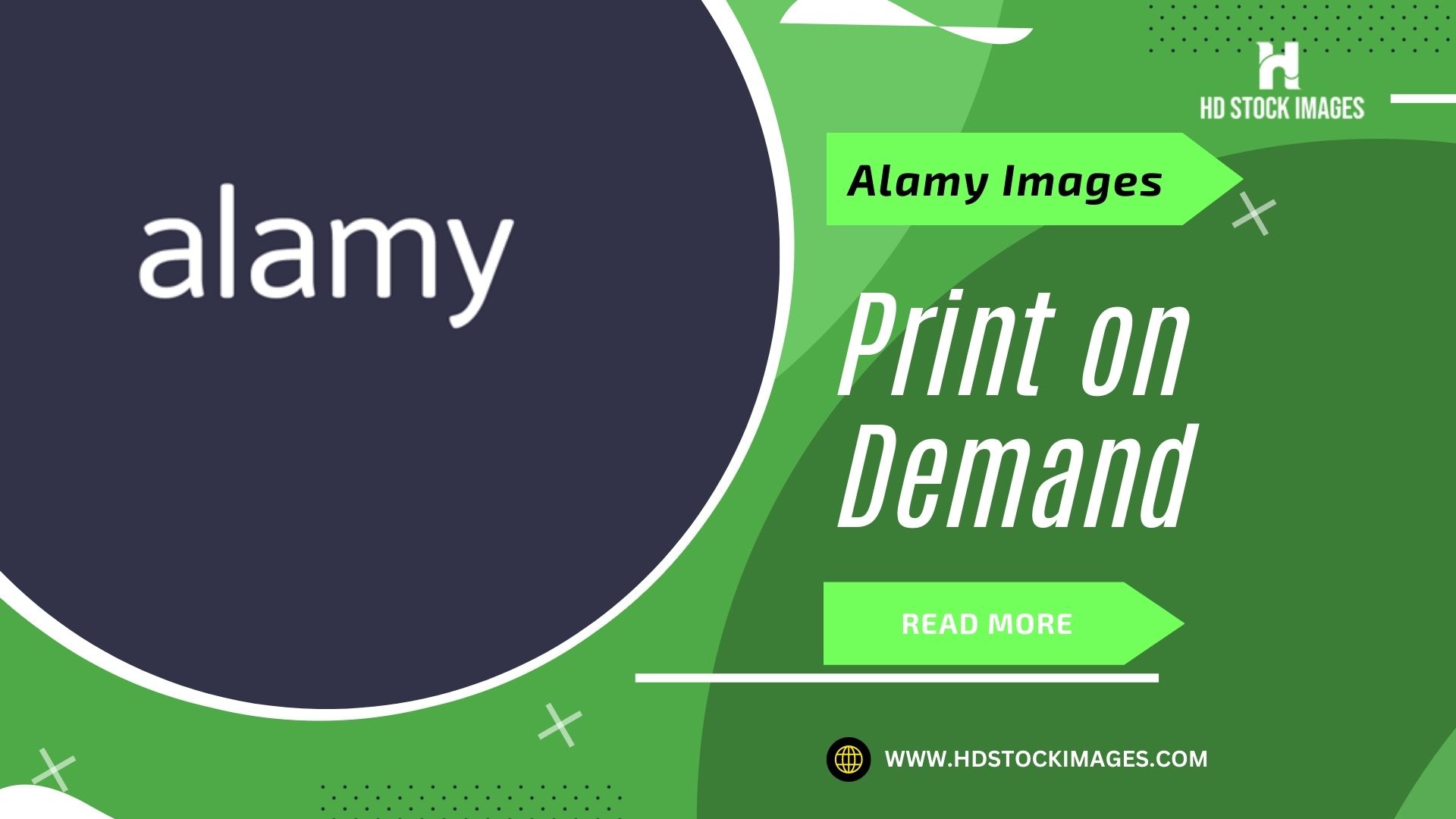
 admin
admin